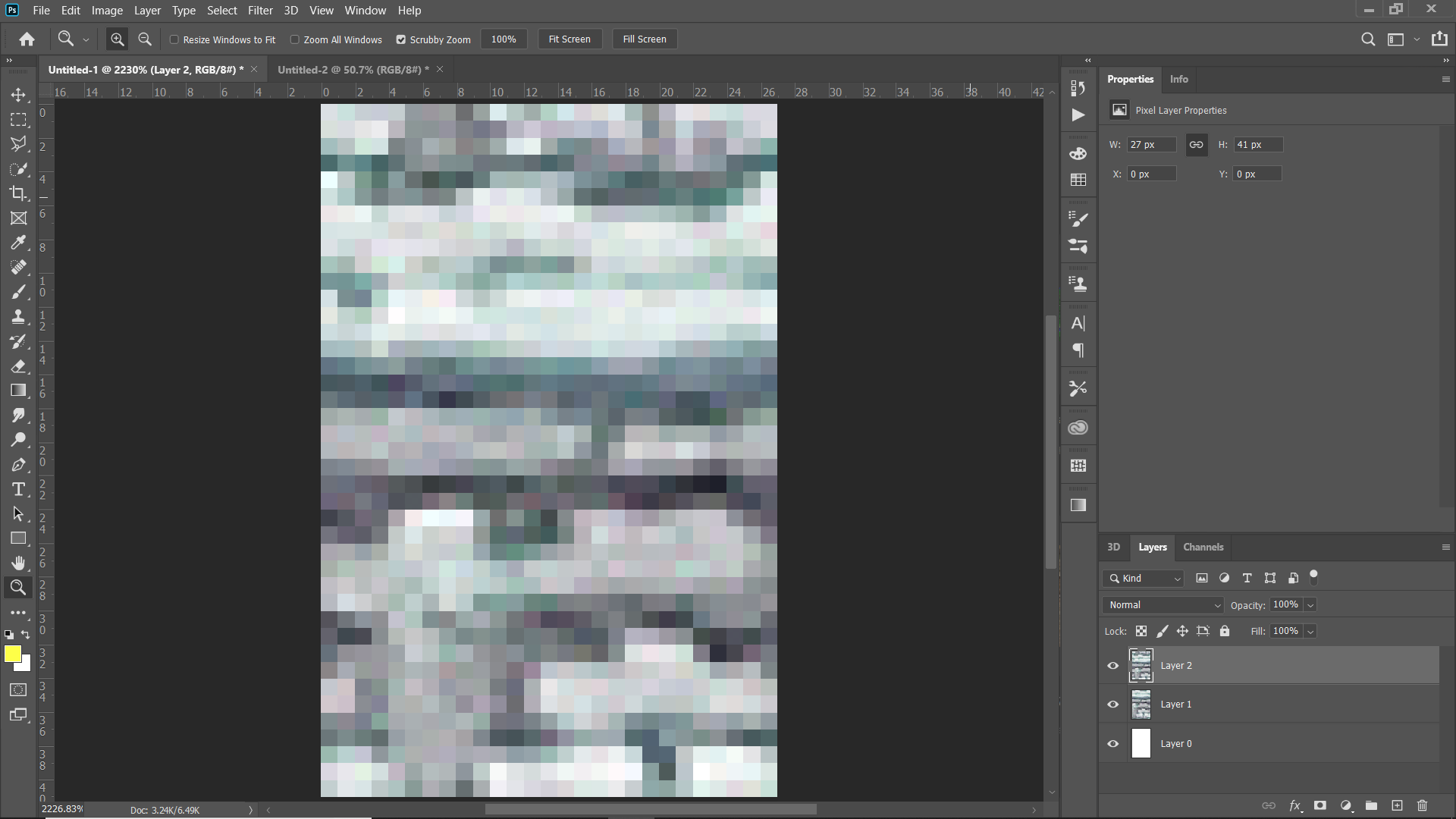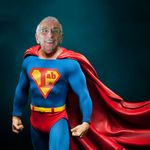How to resolve problems in creating seamless fabric patterns?
Copy link to clipboard
Copied
Hello,
I am trying to create seamless patterns from scanned images( all images are high res) of fabrics and not having much success.The goal is to create seamless fabric patterns to apply to 3D objects in a furniture software we use.We are a furniture manufacturer.
I have tried using the offset filter, curves adjustment and camera raw filter but in the end it still looks like a patchwork.I think the problem is in the lighting in the scanned images.Even if I do a better job in using the clone tool the difference in lighting still shows through when I test on a bigger canvas.
Not sure how to resolve this.Any pointers to resolving this or at least getting as close to seamless as possible would be greatly appreciated.
The attached images show my end results after using very filters and adjustments.




Explore related tutorials & articles
Copy link to clipboard
Copied
If the fabric just has the texture that you posted and doesn't have any printed pattern, I would use a very small sample, maybe one of the patterns, use the offset as you did before, but make sure you layer is perfectly squared up by using transform.


Copy link to clipboard
Copied
- Using the Rectanrular Marquee tool, select a piece of fabric with the fewest artifacts. Feather must be set to 0.

- Go to Edit > Define Pattern.
- Name and save your custom pattern.
- Repeat with other swatches.

From this point, you can use the Pattern Stamp Tool to paint your custom pattern on an object. Or double click to open Layer Styles and apply a Pattern Overlay. Adjust scale, blend mode and opacity as needed.

Copy link to clipboard
Copied
Thankyou Nancy and Chuck. your answers were very helpful and are greatly appreciated!!
I tried out both approaches.
Cropping seems to work the best. I cropped my sample size by 1/4th the original swatch size being careful to cut around the lines on the swatch (the pattern) and then applied the offset filter -> saved the pattern and applied it to a bigger canvas and then saved the JPEG. This seems to have worked!
Thanks
Copy link to clipboard
Copied
Hi
If you are going to do a lot of 3D material creation from such images, consider using Adobe's Substance applications. Here I used Substance Alchemist to take an image (cropped from your first image) and produce a complete tileable 3D fabric material which includes Base Color, Metallic, Height, Roughness and Normal maps that can then be applied to a model realistically using Substance Painter

Dave
Copy link to clipboard
Copied
Thanks! Good to know that. I will look into it. I do wonder if the files from Substance can be used with other software? We use Autocad based furniture software.So the 3D images will need to work in that s/w.
Copy link to clipboard
Copied
The exported texture maps from Substance Painter can be used with many 3D applications. For some apps there are also plug ins to tweak the material properties direct from the 3D application. The Substance website has all the details.
Dave
Copy link to clipboard
Copied
Thankyou.
Copy link to clipboard
Copied

I believe your original pattern is not evenly lit. In that case a normal butted duplicate shows the difference in tone. If, instead, you made the duplicate, then flipped it horizontally you would be butting identical edges and the join would not be evident. To create the next row, dupe the top row and flip it vertically, Depending upon the pattern it may require a vertical tweak for properly spaced pattern.
Copy link to clipboard
Copied
Thankyou.Will keep that in mind for future swatches.

